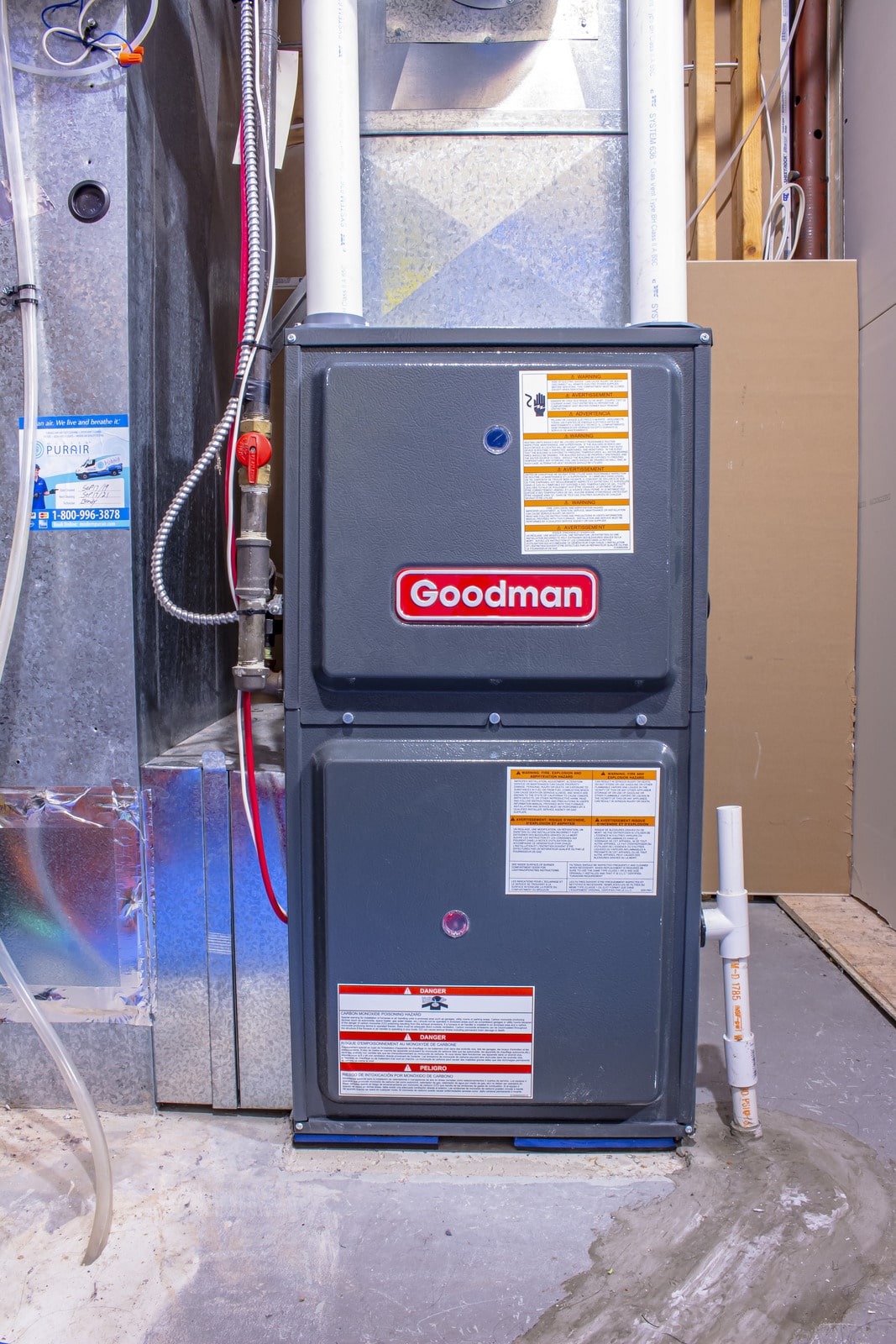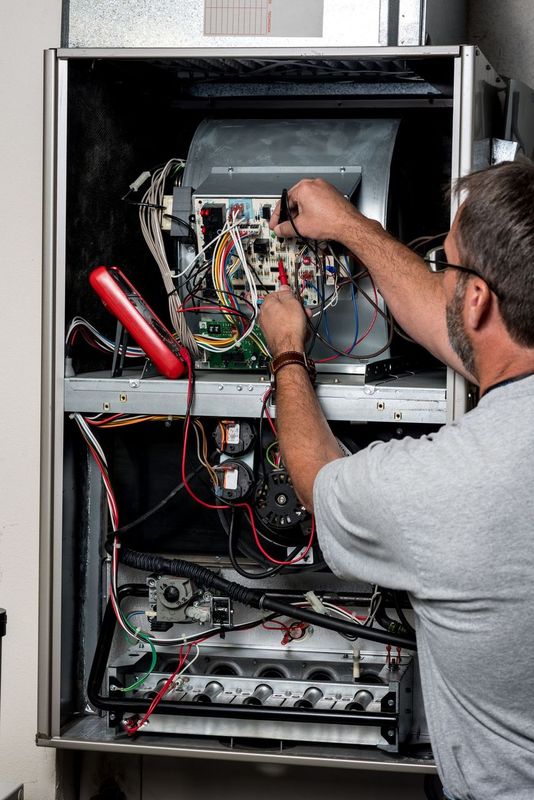The Single Strategy To Use For Green Attics
The Single Strategy To Use For Green Attics
Blog Article
How Green Attics can Save You Time, Stress, and Money.
Table of ContentsThe 8-Second Trick For Green AtticsGreen Attics Fundamentals ExplainedAll about Green Attics10 Simple Techniques For Green AtticsThe Best Strategy To Use For Green AtticsHow Green Attics can Save You Time, Stress, and Money.Some Known Factual Statements About Green Attics
It is generally advised to remove existing shingles when setting up brand-new ones. Certain areas in the attic can position serious fire and wellness hazards. Before air sealing and shielding an attic, ensure you or your service provider address the following health and safety and security problems. Examine the smokeshaft and bordering mounting for indicators of charring, residue down payments, collapsing stonework or mortar, or proof that the smokeshaft lining is wearing away.Have a smokeshaft specialist repair, seal and shield it at the same time. Commonly a void exists where a stonework chimney passes via the attic room. To air seal this location, initially mount sheet steel blinking to connect this space and afterwards seal all the joints with a non-combustible sealant (ensure the product is rated for this application).
An air and vapour barrier covers the flooring of the attic area and is secured to the joists with acoustical sealer. Factory-built steel chimneys should be maintained from contacting insulation by a minimal 75 mm (3 in.) unless otherwise defined by manufacturer or local authorities. Mount a non-flammable radiation shield that keeps a 75-mm (3-in.) air area in between the smokeshaft and insulation.
Some Ideas on Green Attics You Need To Know
The top of the radiation shield need to likewise be a minimum of 75 mm (3 in.) more than the level of existing or brand-new insulation to be added. To stop insulation from dropping behind the shield, attach a clamp-type tornado collar without sealant at the top of the radiation shield, as displayed in Figure 5-4.
A radiation obstacle creates a 75 millimetre or 3-inch air area around the chimney and prolongs 75 millimetres or 3 inches above the attic insulation, keeping the range from combustible materials. The top of the barrier is a storm collar secured, not secured, to the chimney. Over the ceiling, the air and vapour obstacle is wrapped around the drywall to call the firestop sealant.
A collar-like ceiling trim plate is attached below the firestop. Basic interior recessed lights are challenging to air seal properly and can end up being a fire risk if covered with insulation.
Our Green Attics Ideas
(https://www.startus.cc/company/green-attics)
As a choice to typical recessed or pot lights consider light-emitting diode (LED) flush or flat install components for better energy performance. This also provides the possibility to better seal and protect the existing tooth cavity. Make certain that fixture setup guidelines are followed. If you find a considerable quantity of pet droppings and vermin in the attic, do not disturb them since they can harbour quickly air-borne moulds, bloodsucker eggs and microorganisms that can create extreme illness.
Seal the following areas: Around the plumbing stack and any kind of other pipelines. For plastic pipes heaps that move up and down due to thermal expansion, make use of a flexible gasket or a polyethylene sleeve secured to a plywood collar (see Figure 5-6). Around wires or ceiling lights that permeate the attic room floor and partition and outside wall top plates (see Number 5-7 and Figure 5-8).
Around the chimney. Building regulations need that air spaces in between smokeshafts and floor or ceiling settings up via which they pass be sealed with a non-combustible fire quit (see Figure 5-3 and Figure 5-4). Along the side of shared walls. There is usually a space between the event wall (such as the common wall surface between devices in duplexes, triplexes and row houses) and the side of the attic room floor.
The 9-Minute Rule for Green Attics
A heavy polyethylene sheet which is caulked with acoustical sealer and stapled to the ceiling frames the electrical box. An electric wire leads away from the electrical box and down with a hole right into an indoor wall surface. Openings around electrical cables are loaded with caulking or foam sealer, and caulking seals voids along the top of the interior wall surfaces.
Attic ventilation serves a number of purposes. It decreases summertime heat buildup, extending the life of roof and lowers air conditioner loads. After air securing, attic room air flow is your 2nd line of support versus the water vapour that might have found its way into the attic - HVAC installation. It makes certain a cooler, well-vented attic room room less prone to the formation of ice dams at the eaves.
You may need to locate roof covering or soffit vents from outside if they are not clearly noticeable from inside the attic room. Houses with actually peaked roofing systems and accessible attics are the simplest to air vent by utilizing the proportion of 1 to 300. This proportion describes unblocked air vent location to the insulated ceiling area.
Do not make use of electrical exhaust fans for attic room air flow as these can draw much more air than can be provided via the soffit vents. This will really draw residence air right into the attic room, causing greater warm loss and wetness accumulation. They are also susceptible to failing, noise production and enhanced energy use.
A Biased View of Green Attics
The complying with Parts information the finest approach depending on your attic room type. After you have examined the attic room and carried out any remedial job, focus first on air and moisture control.
On the various other hand, spray foam provides air sealing and a preliminary layer of high top quality insulation that can be covered approximately the preferred RSI (R) degree (HVAC repair). If the attic retrofit is being completed combined with indoor renovations, the simplest strategy is to set up a new, single air and vapour barrier on the bottom of the ceiling joists

A heavy polyethylene sheet which is caulked with acoustical sealant and stapled to the ceiling frames the electric box. An electrical cable diverts from the electrical box and down via a hole right into an interior wall. Holes around electric wires are loaded with caulking or foam sealant, and caulking seals gaps along the top of the interior wall surfaces.
Not known Factual Statements About Green Attics
Attic air flow offers a variety of objectives. It minimizes summer season heat buildup, extending the life of roof covering and reduces air conditioning unit tons. After air sealing, attic room ventilation is your second line of support against the water vapour that might have discovered its means right into the attic room. It makes certain a colder, well-vented attic room room much less susceptible to the formation of ice dams at the eaves.
You might have to locate roofing or soffit vents from outdoors if they are not plainly noticeable from inside the attic room. Homes with peaked roofs and obtainable attics are the most convenient to air vent by utilizing the ratio of 1 to 300. This ratio refers to unhampered air vent area to the shielded ceiling location.
Additionally, do not utilize electric exhaust followers Read Full Article for attic air flow as these can attract much more air than can be supplied via the soffit vents. This will really pull home air into the attic room, leading to greater warmth loss and dampness buildup. They are likewise prone to failing, noise manufacturing and increased power usage.

Green Attics - Questions
On the other hand, spray foam supplies air securing and an initial layer of premium quality insulation that can be covered up to the desired RSI (R) degree. If the attic retrofit is being finished together with indoor restorations, the easiest technique is to mount a new, solitary air and vapour barrier on the bottom of the ceiling joists.
Report this page